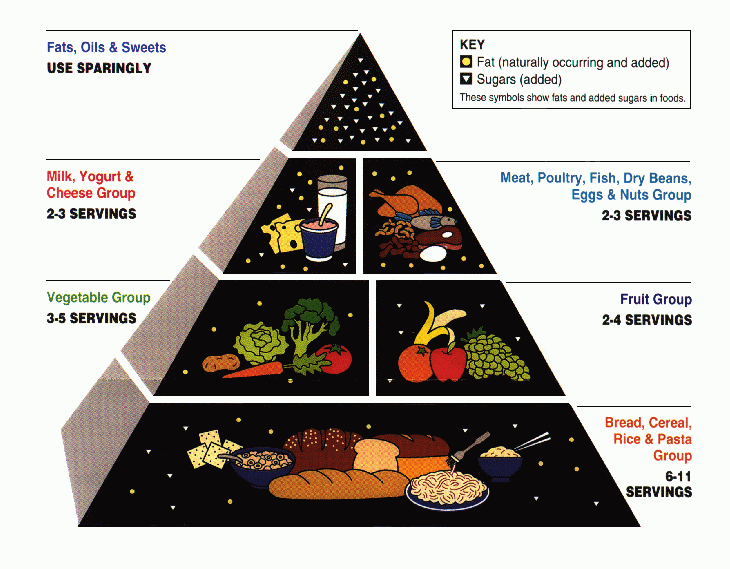Redefining ‘healthy’ in America
- Jun 6, 2017
- 3 min read
A new study suggests that Americans are failing to make healthy food choices due to the conflicting ideas of what “healthy” really means.
NPR, along with Truven Health Analytics, conducted a survey among 3,000 US adults across the nation and asked one question: How healthy would you consider your eating habits to be? The results came with 75 percent of the respondents calling their diet either very good or excellent.
Despite America ranking as the eighth most obese nation in the world with obesity levels rising quickly, most Americans still believe that their diets are healthy and balanced.
Do Americans know what a healthy balanced diet really is? Do they not exercise the recommended amount in a day? Does the media play a role in Americans’ food choices?
There are many questions into why obesity is a rising hot button issue in our country, but the root of this problem has become complex.
Americans are confused about what “healthy” is due to inconsistent and outdated information about a balanced diet, such as the age-old food pyramid. Conflicting ideas and spin-offs from media only make choices harder.
The food industry and media love to twist and turn the idea of healthy. Food industries spend billions of dollars marketing their foods, and the best way to entice a person is by pointing at their savory snack bars and label them as “healthy.” Sounds convincing, right?
The media targets younger generations when marketing their unhealthy foods since children and adolescents are more easily influenced, hence why food industries make billions out of marketing obesity.
Freshman Katherine Velez says, “When I see commercials for food, it usually does aim towards teenagers. Commercials such as Reese’s Puffs and much more have teens acting in their advertisements. This makes it more appealing for teens to want to buy it since they see other teens buying that certain product as well.”
Next time you are purchasing a drink from your local retail stores, don’t be fooled by diet and regular soda. They are both heavily carbonated drinks and lead to similar health problems, namely weight gain.
However, it is not just an issue caused by the media. Americans do not know where to find trusted nutrition sources.
Freshman Rachel Modi says, “When it comes to picking food, I just don’t know where to start. When you walk down the aisles of a shop, there are so many foods and they all say things like ‘healthy’ or ‘organic’. But then I get advice from different people and sources in my life that say, ‘don’t eat this or that.’ At this point, I don’t really know who or what I can trust anymore.”
Many Americans ultimately reach out to dietitians and health care professionals for advice and guidance. A new study shows that fifty percent of adults ages 65 and older considered unsaturated fats “healthy,” whereas only 33 percent of adults ages 18 to 34 considered unsaturated fats as “healthy.”
The recognition for healthy fats is disappearing since in recent times “fats” are associated with unhealthy weight gain.
The survey also concluded that when shopping for foods, adults give more attention to the nutritional components of the food such as calories, fibers, vitamins, etc., but hardly give attention to components such as GMOs or organic ingredients.
Last year, the US Food and Drug administration released a campaign for food products to redefine what healthy means on their food labels. For a food to be considered healthy, it would have to be low in saturated and total fats, sodium, cholesterol, and should meet at least 10 percent of nutritional components.
“Healthy” has now become a term that has multiple conflicting meanings to many Americans. We can no longer rely on outdated information from centuries ago, and mixed messages from the media makes grocery shopping a little harder for the American consumers.
So the next time you pick up your organic whole wheat bread or eat foods high in carbs, ask yourself, what is healthy?




Comments